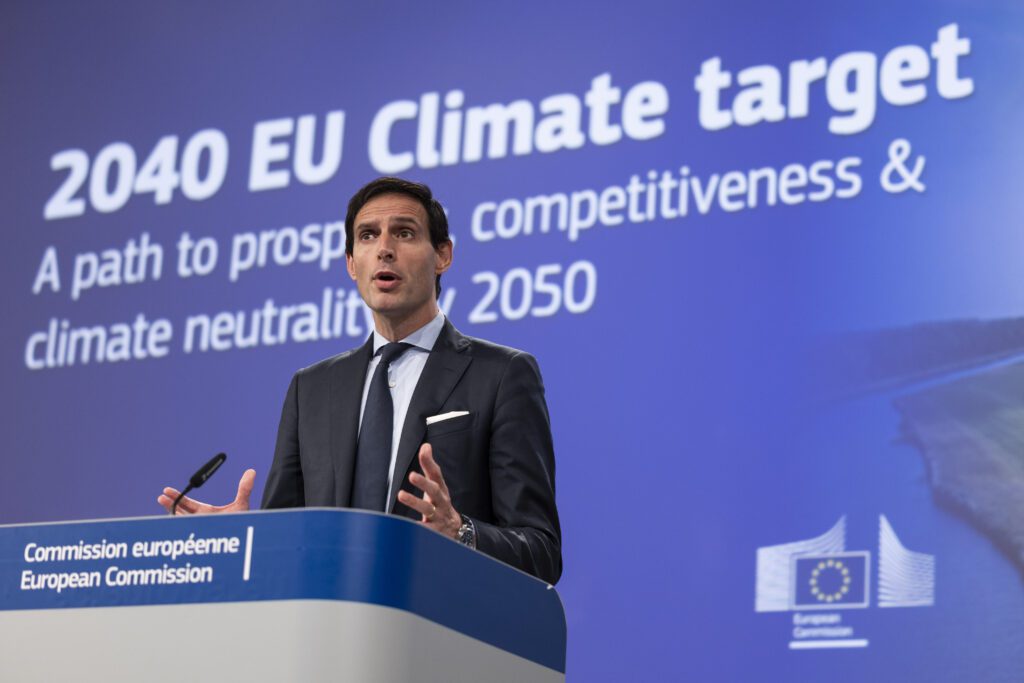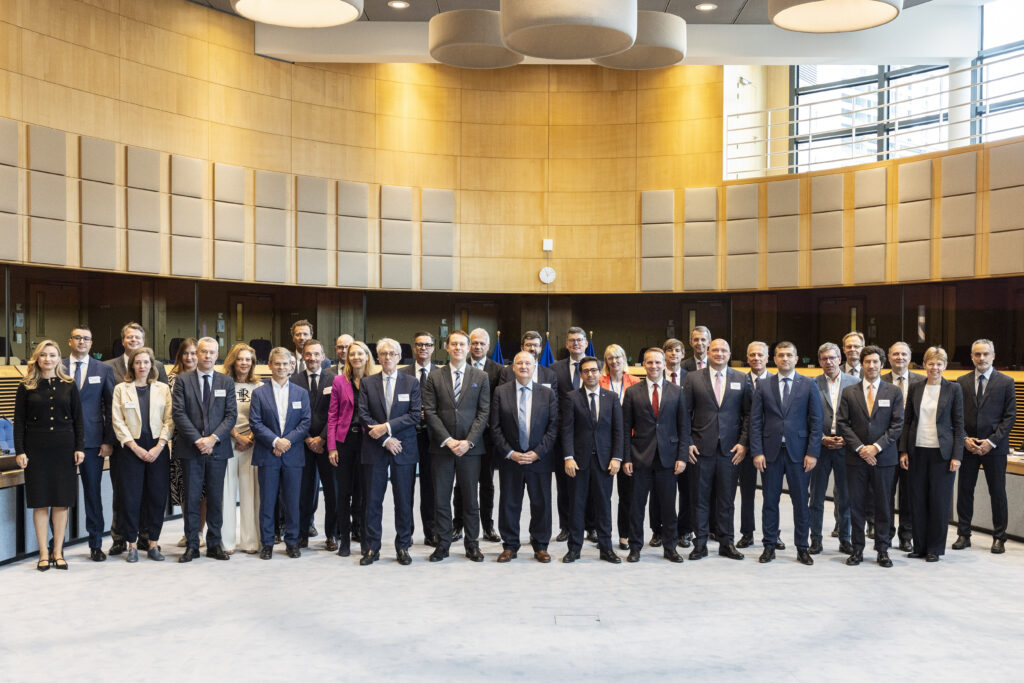This week, the European Commission proposed a new climate target: a 90% cut in greenhouse gas emissions by 2040 (compared to 1990 levels). The proposal will become legally binding through an amendment to the European Climate Law, joining the existing 2030 and 2050 goals. It now enters the standard legislative process.
This is a timely and welcome signal, especially ahead of COP30. While some are stepping back from climate commitments, Europe is staying the course. For investors, industry, and innovative new players, this is a crucial reassurance: the transition is advancing, and Europe intends to lead it.
At InnoEnergy, we strongly welcome the clarity and long-term direction this target provides. Certainty around climate ambition is essential to unlock private investment, scale clean technologies, and build competitive industries of the future.

“It’s about making a strong business case for investment in this clean transition. About leading the next S-curve in technology and innovation. About investing in clean tech. So let’s give companies the predictability that they are rightfully demanding from us.”
– Wopke Hoekstra, European Commissioner for Climate, Net Zero and Clean Growth
Flexibility built into delivery on 90%
To support the delivery of this ambitious target, the Commission has proposed new flexibilities that will be developed further in upcoming legislation. These include:
- International carbon credits: From 2036, countries may use up to 3% of international carbon offsets, under strict criteria yet to be defined.
- Carbon removals in the EU carbon market: Permanent carbon storage will be integrated into the EU Emissions Trading System (ETS), allowing it to generate tradable carbon allowances. This will boost the emergence of an industrial value-chain for carbon capture and storage.
- Sector flexibility for Member States: Countries will be able to compensate for underperformance in one sector (e.g. transport) with overachievement in another (e.g. industry).
Next steps
This is just the start. A new legislative package – which could be comparable to the Fit-for-55 Package that enabled the 2030 target – will be proposed by the Commission later, over the course of the mandate. Work will begin in 2026, starting with a revision of the EU Emissions Trading System (ETS), and will lay out how implementation tools will work in practice.
A long-term industrial plan to support 2040
To fully reap the benefits of this commitment, from industrial competitiveness to job creation, we now need to build a coherent, long-term industrial plan to complement. The opportunity is there for Europe to not just meet its climate targets, but to lead on the global stage in clean technology, advancing an energy transition which benefits its citizens and homegrown industries.



